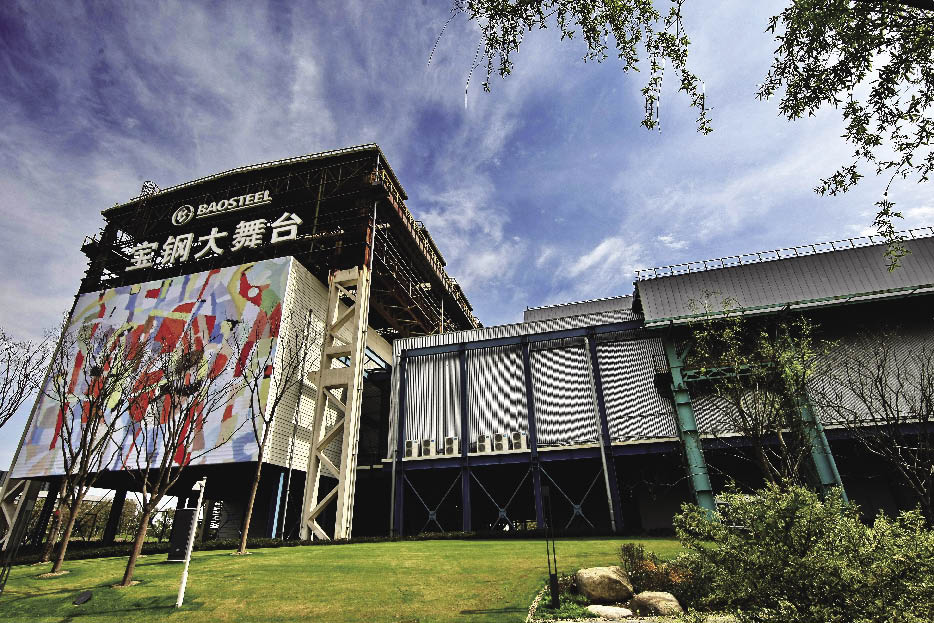Getting Down at the Shanghai Expo: Low, Low Carbon
 |
| The Baosteel Pavilion was converted from an abandoned factory. Yu Xiangjun |
Each World Expo sets before us the most outstanding and innovative new elements of our time, and propels those ideas along. At the Shanghai Expo, lowering man’s carbon impact – one of the most pressing goals of the day – will play the biggest role.
In coping with rapid global climate change, developing a low carbon lifestyle will be crucial in the coming years. Since the Industrial Revolution of the 18th century, human beings have been producing large quantities of greenhouse gases like carbon dioxide, a major cause of global warming and deterioration of the ozone layer that protects the Earth. Climate change has resulted in glacial ablation, rising sea levels and an increased occurrence of extreme weather events, which pose various kinds of threats to countries around the world. Against this backdrop, common sense demands we develop low carbon technology and promote a low carbon lifestyle. The Expo will expand the concept of low carbon in new directions related to how the mainstream live their lives.
The First Low Carbon Expo
The six-month-long Expo will be entirely powered by renewable energy sources. In the 5.8-sq-km Expo Park the organizers have installed China’s largest solar photovoltaic project and a group of wind generating facilities. Transportation in the park will also be based on green electric vehicles, super capacitor cars and other clean energy transit, making attainable the goal of zero emissions. Eighty percent of the park’s lighting incorporates energy-saving LED bulbs. Eco-efficient construction uses natural forces – a river water heating energy collecting system, and other advanced technologies have been adapted to the park’s requirements. According to the Expo’s Sci & Tech Action Plan, emissions from general construction and lighting have been reduced by as much as 30 percent.
The low carbon concept has also been reflected in the chosen themes for national pavilions as well as those of international organizations and enterprises. Green and sustainable development is the core design feature for a large number of the pavilions.
The United States Pavilion, for example, whisks visitors to an American city circa 2030. The Brazilian Pavilion is a green version of the “bird’s nest.” The Australian Pavilion focuses on connecting urban constructions with the natural environment to create a harmonious relationship. The Wanke Pavilion envisions the future that humans can achieve through respect for nature.
In addition, the expected 70 million visitors will partake in the low carbon slant of the Expo by taking public transportation. The Green Transportation Project encourages everyone to do their part to reduce carbon emissions. For example, the Expo Park doesn’t provide a parking lot, and encourages all visitors to use public transportation. For those flying to Shanghai, the Expo suggests that they buy their carbon footprint to achieve carbon neutrality. If all goes according to plan, the Shanghai Expo will be the largest low carbon event ever.
Reducing Carbon Emissions a New Standard of Living
In an era of low carbon, a nation’s competitive strength will be reflected in its development of low carbon technologies, and also in its green living attitude. To achieve this target, it is important to alter the philosophy or style of how we live our lives.

